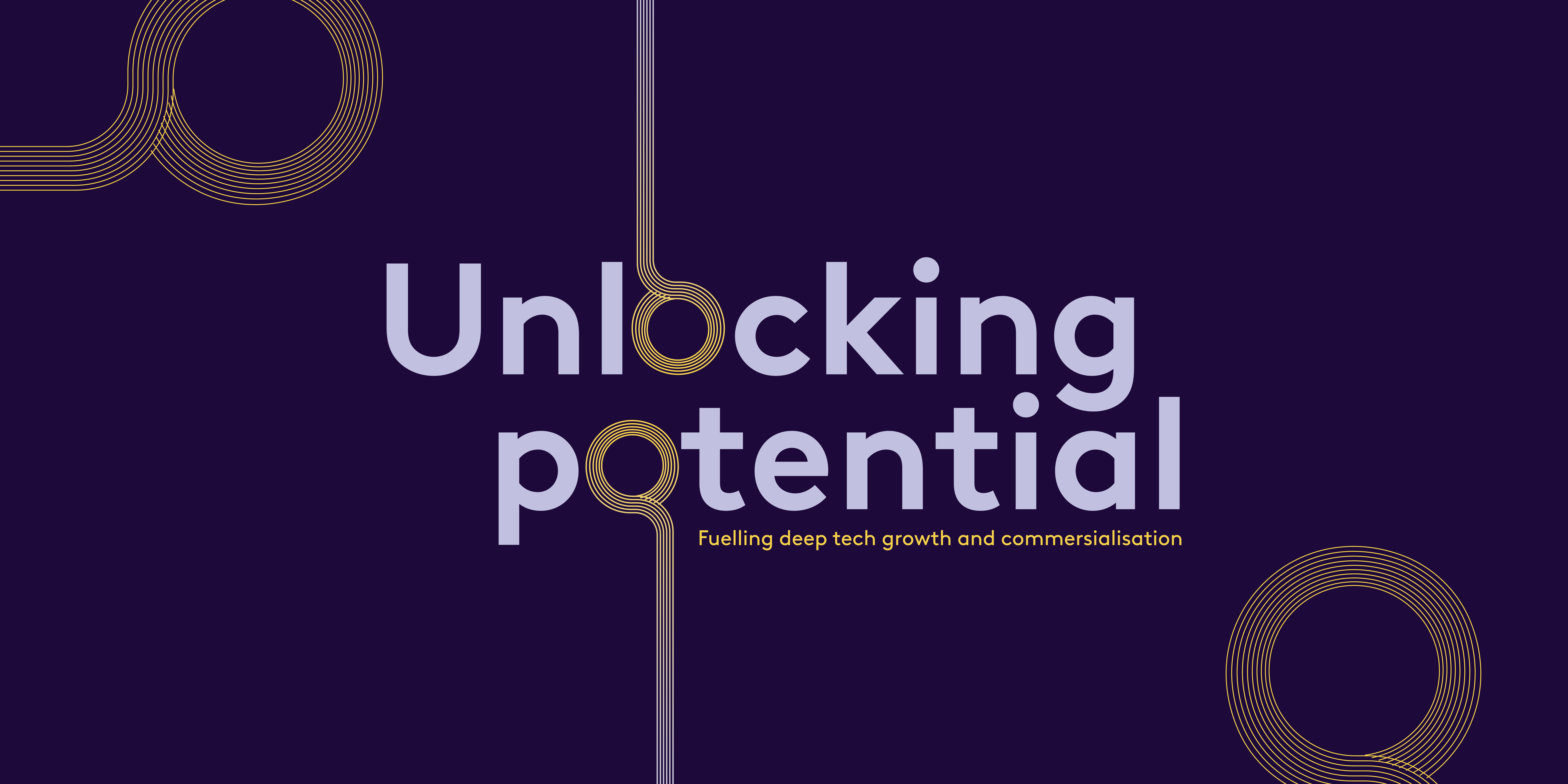Why voice messaging should have everybody talking
You might call me a productivity tool junky. From second brain apps like Roam and Memex, to collaboration software like Cord and Decipad, I can’t resist tinkering with new tools and iterating on my work stack.
But even as an enthusiast I’m still a sucker for more mainstream trends, and in the world of communication tools it’s hard to find one with a steeper upward trajectory than voice messaging. I find myself using it more and more in my personal life — and I’m not alone. While it’s been a feature across social apps since it was introduced by WhatsApp in 2013, the past two years have seen a surge in uptake. Users (including myself) are attracted by both its efficiency (3x faster than typing), and the human touch it brings over text, and they’re turning to it more than ever.
Meta (formerly Facebook) has reported that voice memos are the second most popular form of file shared through its Messenger platform after photos. Twitter is responding to the massive increase in demand by adding a voice messaging feature to its platform. But even as its social popularity increases, voice messaging is still under-utilised as a productivity hack in the workplace.
Speaking out for adoption
Covid-19 dramatically accelerated the shift to remote working and opened the door for mainstream adoption of teleconferencing platforms like Slack, Zoom and Microsoft Teams. Today, workplace communication is largely confined to an email, Slack message, or Zoom call — but Zoom and Slack fatigue are already a problem. Live video meetings get draining, and it’s hard to enter a “flow” state when you’re constantly being interrupted by the ping of an instant messaging service.
Last year Loom, a workplace video messaging service, reached a valuation of $1.53bn. The company, which enables users to record and send video messages via email or message as a link, started life as a Chrome extension, making it easy for users to record their screens – or a video message – with a single click within their browser. Early on, Loom figured out that a simple approach is the best, while its go-to-market strategy focused on integration. By leaning into this approach, its service seamlessly wedged into workflows, meeting users where they work and lowering time to value.
From its start on Chrome, Loom hit other parts of the Google ecosystem as well as other messaging players such as Slack. The service became an add-on, integrated into platforms that workers around the world were already accustomed to using, making it accessible from browsers, desktop and/or apps.
Slack has also rolled out its fair share of asynchronous communication tooling over the last 12 months, launching services like Huddle, in June ’21, and Clips, in September ’21. Clips is Slack’s version of video and voice messaging, but the response has been mixed. Microsoft Teams also has a voice messaging feature, but it is quite primitive today (no transcription, clunky experience). Among the principle issues are both services’ lack of flexibility — anyone who wants to voice message with it is confined to the Slack or Teams ecosystem.
For a new service to realise it’s full potential, it’ll need to take a “Loom for voice messaging,” platform-spanning approach.
Talking about opportunity
The market is ready for a workplace voice messaging service. Loom has proven market interest in asynchronous video messaging — and the voice messaging habit is far more fully formed. Beyond that, developments in other software point to wider utility: AI transcription technology, for example, has developed at pace. Transcribing voice to text, automatically and accurately, has never been more straightforward.
I’ve already seen some workplace voice-messaging platforms raise capital, but to my mind these are missing a trick. As platforms, they lack the agility (and distribution) of extensions; users are required to open yet another application to take advantage of the service. As WhatsApp, Facebook Messenger and the forthcoming Twitter service show, the behaviour is already there. The companies that can keep things frictionless – to the click of a button where possible – are the ones that will really get people talking.
If you’re building in this space, or want to share some voice notes on the subject, drop me a line at [email protected]













